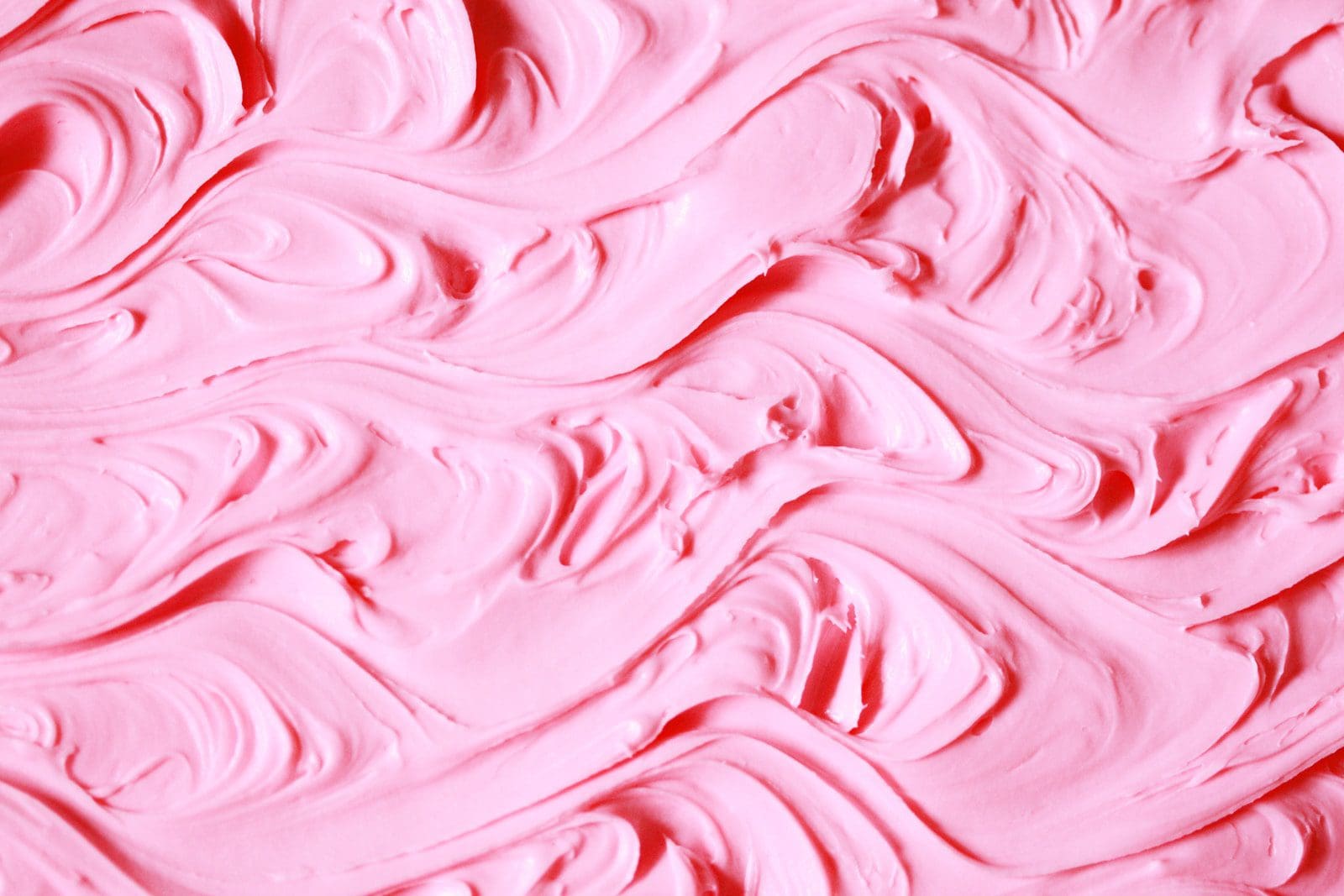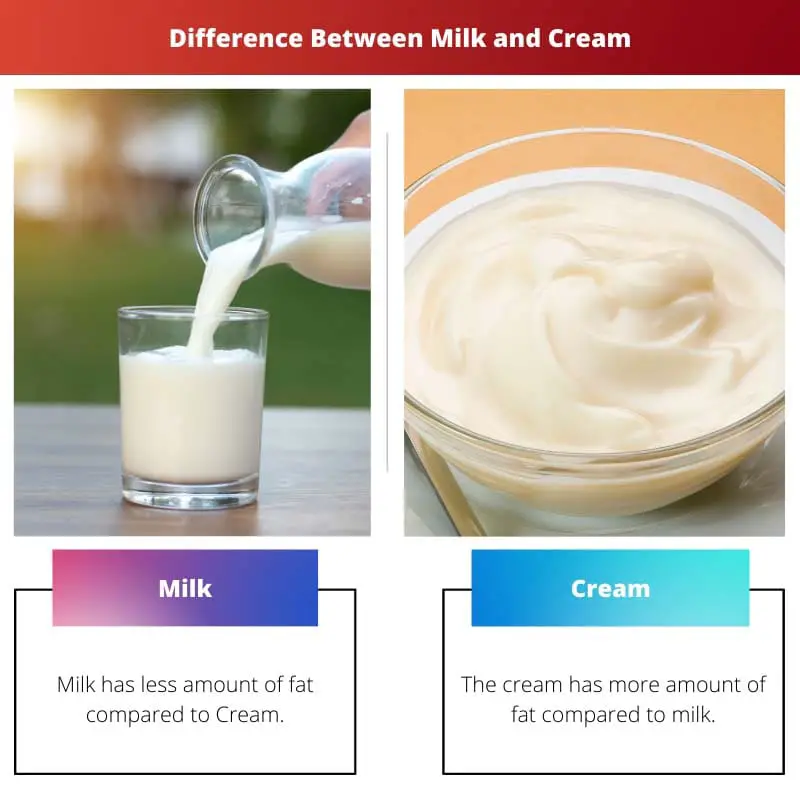Milk and Cream- delicious and confusing as two different terms. Both of them very essential for human beings for a healthy life.
We all know that dairy products are essential for infants to the elderly age group of the population. Without dairy products, it is a tough life to live because there will be no sweets, no coffee, no hot chocolate, no ice cream, and no milkshake in our life.
Key Takeaways
- Milk is a white liquid produced by the mammary glands of mammals, while the cream is a yellowish fatty layer that forms on the surface of milk when it is left to stand.
- Milk is a source of various nutrients like protein, calcium, and vitamins, while cream contains more fat and calories than milk, adding richness and flavor to dishes.
- Milk is an essential part of the human diet and is consumed in various forms like whole, skimmed, or flavored milk, while cream is primarily used as an ingredient in cooking and baking and comes in different forms like heavy cream, light cream, and whipping cream.
Milk vs Cream
Milk contains a huge amount of fat. There are more nutrients in milk. Animals like cow, and goats give us milk. There are different types of milk. Milk can be used in the making of many dishes. Cream is made from milk. Cream can be of different types. Cream can be used to decorate cakes. Cream can be made in different colors.

Milk is a liquid that is reached in nutrients produced from the mammary glands of mammals like a cow, buffalo, and goats. Milk comprises many nutrients like lactose and proteins.
The cream is a buttery fat that is made out of milk. The Cream contains more fats than milk does.
Comparison Table
| Parameters of Comparison | Milk | Cream |
|---|---|---|
| Amount of Fats | Milk has less amount of fat compared to Cream. | The cream has more amount of fat compared to milk. |
| Amount of Nutrients | Milk has more amount of nutrients compared to cream. | The cream has fewer amount of nutrients compared to milk. |
| Method of Production | Milk is produced from the mammary glands of mammals like a cow, buffalo, goats, etc. | The cream is produced out of milk. |
| Types | Milk has different types like soya milk, whole cream milk, no creak, etc. | The cream has different creams like low-fat, full-fat, pasteurised, etc. |
| Usage | Milk is used for making ice-creams, gravy, sweet dishes, cakes, milkshakes, etc. | The cream is used for making gravy thick, adding a creamy texture to different varieties of dishes all over the globe. |
| Preferences | Milk is preferred more compared to cream. | The cream is preferred less compared to milk. |
What is Milk?
Milk is a dairy product produced by the mammary glands of mammals like a cow, buffalo, and goats. Milk is said to be an essential product for the intake of calcium and proteins.
Milk is a universal dairy product used to make sweet dishes and many curries and gravies for well-known dishes and regular routine-based dishes. Milk is a versatile asset for making every dish full of proteins and calcium.
Milk also contains fat, so adults and teens avoid consuming it. Even lactose is present in milk which may cause acne, pores, etc., which is why people are finding and using substitutes of milk that have no lactose and fat or less lactose and fat.
There are different-different types of milk like soya milk, almond milk, whole cream milk, skimmed milk, no cream milk, etc. Though with changing eras, the importance of milk is not reduced from human existence.

What is Cream?
The cream is the topmost layer of milk, comprising the buttery layer with more fat than milk. The cream is used in soups and gravies to make them thicker and give a creamy, savoury texture to different-different types of dishes around the globe.
The cream is produced out of milk which is why the cream is said to be a dependent variable over milk. The cream has more fats, which again makes it not much in the diet of late teens and adults.
But some people want to have but with no fats or fewer fats, which is why even cream has now updated its standard. And now it comes in different criteria like low-fat cream, no-fat cream, etc.

Main Differences Between Milk and Cream
- Milk is an independent dairy product, whereas Cream is dependent on milk.
- Milk has more nutrients compared to Cream.
- Milk has fewer fats compared to Cream.
- Milk is produced from mammals’ mammary glands, whereas milk’s homogenization produces Cream.
- Milk is preferred more by the population compared to Cream.
- Milk is used in cooking dishes to provide a rich texture, whereas Cream is used in cooking dishes to provide a creamy texture.




